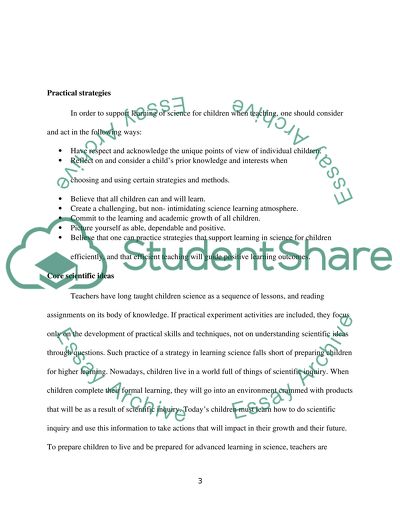Cite this document
(“Learning English as an Additional Language Essay”, n.d.)
Learning English as an Additional Language Essay. Retrieved from https://studentshare.org/education/1461611-investigating-the-theory-and-practice-of
Learning English as an Additional Language Essay. Retrieved from https://studentshare.org/education/1461611-investigating-the-theory-and-practice-of
(Learning English As an Additional Language Essay)
Learning English As an Additional Language Essay. https://studentshare.org/education/1461611-investigating-the-theory-and-practice-of.
Learning English As an Additional Language Essay. https://studentshare.org/education/1461611-investigating-the-theory-and-practice-of.
“Learning English As an Additional Language Essay”, n.d. https://studentshare.org/education/1461611-investigating-the-theory-and-practice-of.


